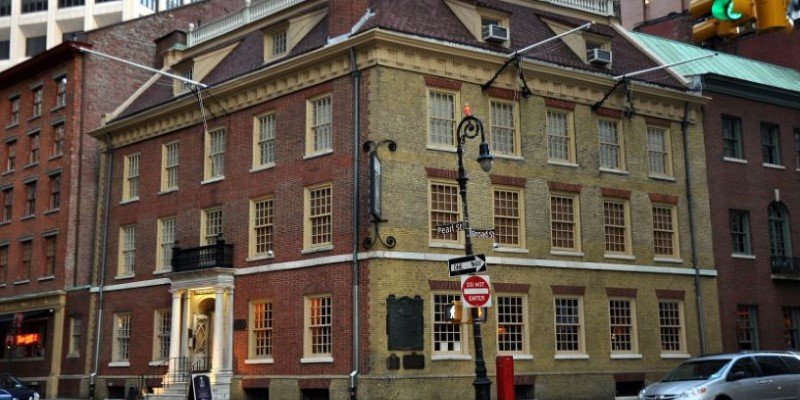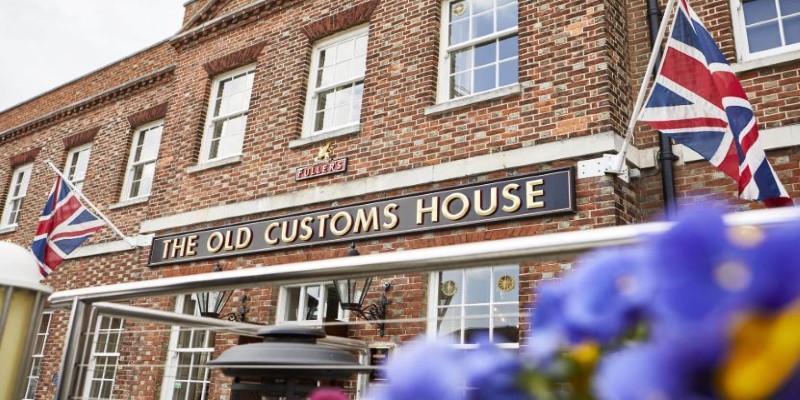New York City, often recognized for its skyscrapers and bustling streets, is also a city rich in history. Behind its modern exterior lies a deeper past, one that goes back to the early days of colonial America. Colonial New York City was a melting pot of cultures, ideas, and historical events that shaped the course of American history. While the city has transformed over centuries, remnants of its colonial past can still be seen in its architecture, landmarks, and stories.
As historical sites visiting these old sites is exciting for lovers of history, especially those focused on the time when New York was a colonial power during the American story. From cobblestone to preserved buildings, Colonial New York City has a delightful journey through the ages that one would surely enjoy. This guide shall take you through some of the most iconic places and moments of the colonial era in New York, offering you insight into the city's evolution from a Dutch settlement into a British colony.
The Origins of Colonial New York City
Before it became New York, the city was known as New Amsterdam. It was a Dutch settlement dating back to the early 1600s. Established by the Dutch West India Company to take advantage of the fur trade, commerce, and culture flourished as the city grew. The British took over in 1664, renaming it after the Duke of York. It then became part of the larger British colonial empire.
The Dutch handed the city over to the British, who changed its whole character by introducing British customs, laws, and governance. Port city in the Atlantic network and one of the principal centers in colonial America. Though most cities have undergone many changes, several areas and buildings stand the test of time and provide a link to these interesting periods of history.
Historic Landmarks in Colonial New York City
Here are some of the most significant historic landmarks from Colonial New York City that continue to stand today:
Fraunces Tavern

Fraunces Tavern, built in 1719, is one of New York's oldest buildings. It served as a tavern and meeting place for key figures like George Washington. The building played a crucial role during the Revolutionary War, and today, it houses a museum with exhibits on colonial New York and the Revolution, preserving its historical significance.
Castle Clinton National Monument
Located in Battery Park, Castle Clinton was built in 1811 as a defensive fort but stands on the site of earlier colonial structures, including Fort Amsterdam. Originally a military stronghold, it later served as an immigration center. Today, it serves as a national monument, offering visitors a chance to explore New York's colonial-era defenses and history.
Trinity Church and Its Graveyard
Trinity Church, founded in 1698, was a prominent Anglican church during the colonial era. Its current building, completed in 1846, stands as a symbol of New York's colonial past. The adjacent graveyard is the final resting place of figures like Alexander Hamilton, and the church itself played a pivotal role in the citys early religious and political life.
St. Pauls Chapel
Built-in1766, St. Paul's Chapel is the oldest church building in Manhattan. It provided sanctuary during the American Revolution and was miraculously spared in the Great Fire of 1776. During the 9/11 attacks, it became a refuge for first responders. Its colonial-era interior, with historic pews and windows, offers a glimpse into New York's past.
The Bowery
The Bowery, once a farm road in the 1600s, became a major street in colonial New York. By the late 1600s, it was a busy residential and commercial area. Today, the Bowery blends the old with the new, retaining some 19th-century buildings that reflect New York's transformation from colonial settlement to urban center.
The New York Stock Exchange Site
The New York Stock Exchange occupies the site where the citys first stock exchange was established in 1792. During colonial times, stock trading began under a buttonwood tree on Wall Street. This location became central to New Yorks financial growth, and today, the NYSE continues to be a key symbol of the citys economic power.
The Old Custom House

The Old Custom House, now the National Museum of the American Indian, was built in the early 1800s but stands on the site of the colonial-era customs house. During the 17th and 18th centuries, it was the focal point for trade in the city. The building now houses exhibits on Native American culture and early New York commerce.
Colonial New York and Its Influence on American History
During the colonial era, New York City was a critical hub for trade, commerce, and political thought, laying the groundwork for the future United States. As a major port, it fostered early discussions about independence, governance, and liberty, helping set the stage for the American Revolution. One of the citys defining features was its diversity, with Dutch settlers, English colonists, African slaves, and Native American tribes creating a vibrant society of differing cultures and beliefs.
This blend of cultures had a lasting impact on the city, which remains one of the most diverse in the world. New York also became a center of political activism, where ideas for independence spread through pamphlets and speeches. As tensions escalated, New Yorkers took an active role in the Revolutionary War, playing a pivotal part in the fight for freedom.
Conclusion
Exploring the historic landmarks of Colonial New York City offers a fascinating look into the citys rich past. These sites, from Fraunces Tavern to Trinity Church, provide a connection to the early days of American history, showcasing the cultural, political, and economic foundations that shaped the nation. Walking through these preserved landmarks allows visitors to step back in time, gaining a deeper understanding of the citys colonial roots and its pivotal role in the birth of the United States.









